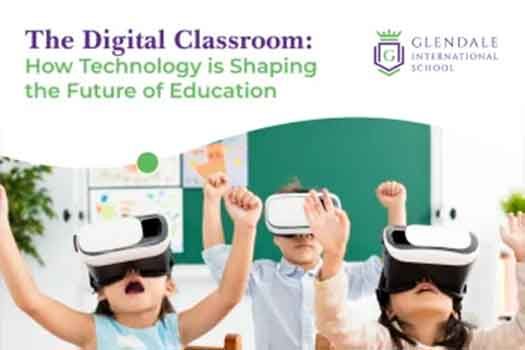The world of education is rapidly evolving, thanks to the advancements in technology. Traditional classrooms are no longer confined to textbooks and chalkboards; instead, they are embracing a digital transformation that is reshaping the future of education.
In this digital age, schools like Glendale International School are leading the way in providing a world-class British education with cutting-edge technological integration. With an array of benefits and innovative tools at their disposal, educators can now create enhanced learning experiences for students like never before.
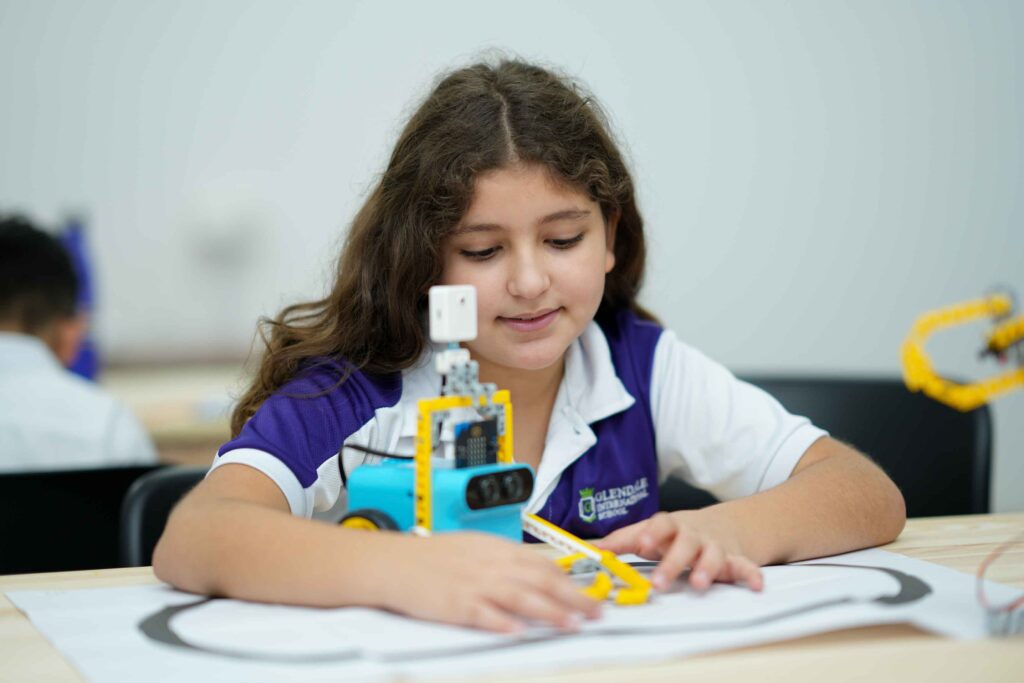
In this blog, we will explore how technology is revolutionizing education and discuss the exciting trends and innovations shaping its future!
Benefits of Technology in Education
Technology has revolutionized the way education is delivered and experienced. It brings numerous benefits to both students and educators, enhancing the learning experiences by providing interactive and multimedia content that engages students on a deeper level. With tools like videos, simulations, and virtual reality, complex concepts become more accessible and understandable.
Technology provides access to vast resources and information from around the world. The internet allows students to research various topics instantly, expanding their knowledge beyond what traditional textbooks can offer. This wealth of information fosters independent thinking and encourages exploration. Through its integration into classrooms worldwide, technology continues shaping the future of education in exciting ways!
Enhanced learning experiences
With the integration of technology in classrooms, traditional methods of teaching have been transformed into interactive and engaging platforms that cater to different learning styles.
One way technology enhances learning experiences is through multimedia content. Instead of relying solely on textbooks and lectures, students can now access a wide range of resources such as videos, simulations, and interactive presentations. This not only makes the learning process more enjoyable but also allows students to grasp complex concepts more easily by visualizing them in action.
Furthermore, online platforms and educational software provide personalized learning opportunities. Students can work at their own pace and receive immediate feedback on their progress. Adaptive algorithms analyze student performance data to tailor lessons according to individual strengths and weaknesses. This customized approach ensures that each student receives targeted support based on their specific needs, leading to improved understanding and retention of information.
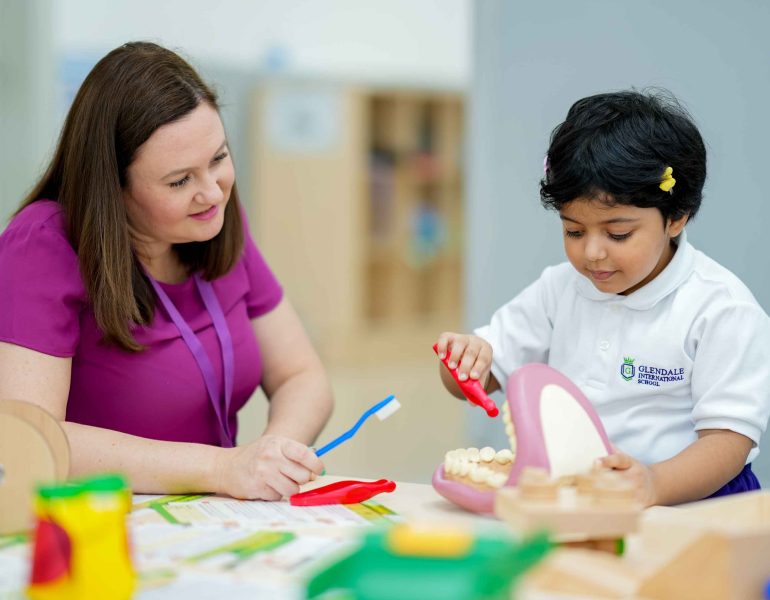
Access to vast resources and information
Access to vast resources and information is one of the key benefits that technology brings to education. With just a few clicks, students can explore a world of knowledge beyond their textbooks. The internet serves as an extensive library with countless articles, research papers, videos, and educational websites. This wealth of information allows students to delve deeper into subjects they are interested in and expand their understanding.
Moreover, digital tools like online databases and e-books provide instant access to up-to-date resources from around the globe. Students can easily find relevant information for their assignments or projects without having to spend hours in a physical library. This accessibility not only saves time but also encourages independent learning and critical thinking skills as students learn how to navigate through various sources of information on the internet.
By providing unlimited access to diverse sources of knowledge and facilitating independent learning opportunities, technology has revolutionized how education is delivered and consumed in today’s digital age.
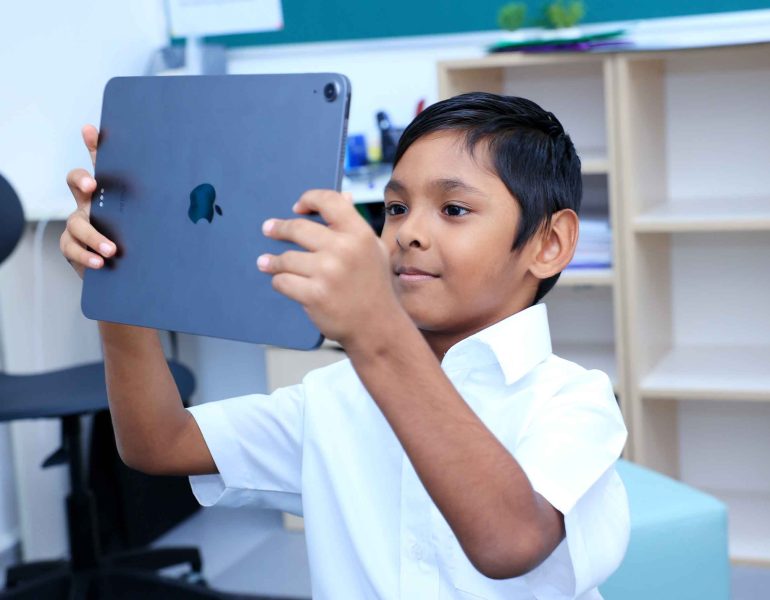
Personalized and adaptive learning
Personalized and adaptive learning allows students to learn at their own pace and according to their individual needs. With the help of technology, educators can create customized learning experiences that cater to each student’s strengths, weaknesses, and interests.
By leveraging digital tools and platforms, teachers can gather data on students’ performance and preferences. This information enables them to tailor instructional content, resources, and assessments accordingly. Adaptive learning systems use algorithms to analyze this data in real-time and provide personalized recommendations for further study or intervention.
This approach ensures that every student receives targeted support where they need it most while allowing them to progress at a comfortable pace. Personalized and adaptive learning empowers students by putting them in control of their educational journey.
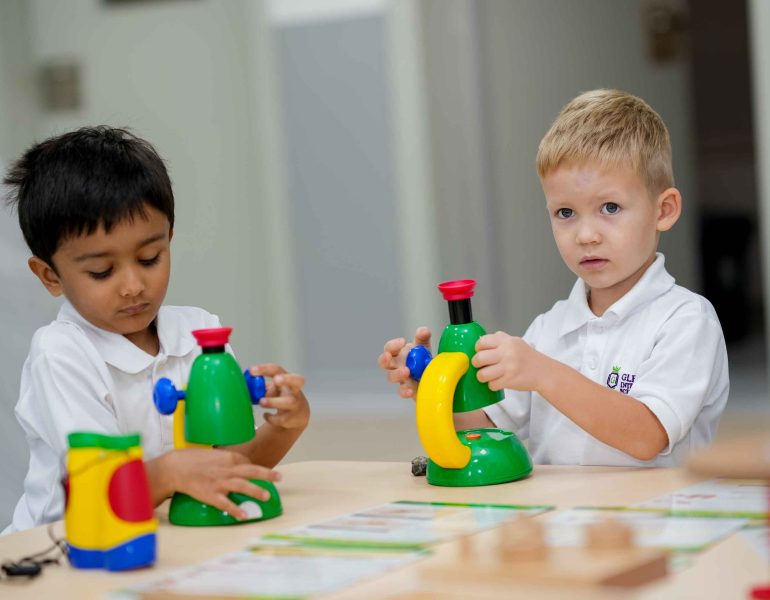
Collaboration and communication opportunities
Collaboration and communication opportunities are greatly enhanced with the integration of technology in the classroom. Students can now easily connect and collaborate with their peers, regardless of geographical distance. Through online platforms and tools, students can work together on projects, share ideas, and provide feedback to one another.
Furthermore, technology allows for seamless communication between teachers and students. With tools such as messaging apps or email, students can reach out to their teachers for clarification or further guidance outside of regular class hours. This promotes a more interactive learning environment where questions are encouraged and answered promptly.
Technology opens up a world of possibilities for collaboration and communication in education, fostering teamwork skills while breaking down barriers that were once limiting factors in traditional classrooms.
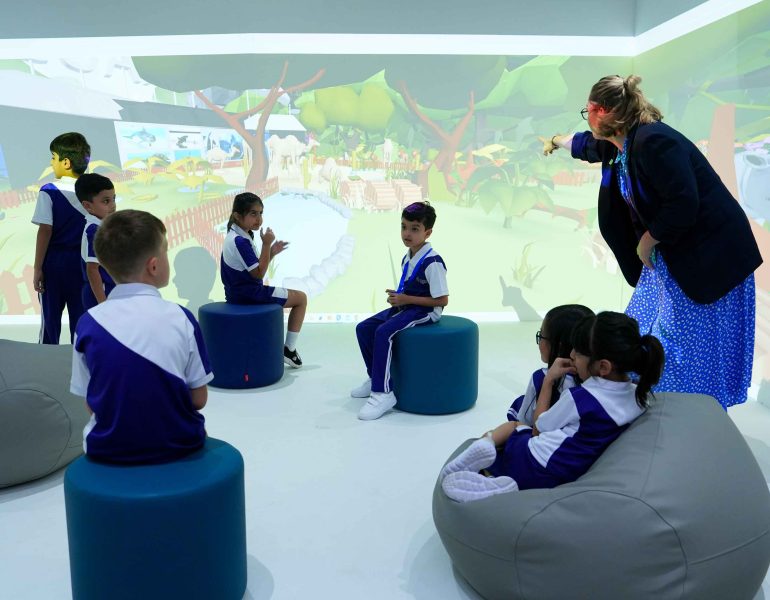
Impacts of Technology on Teaching and Learning
Technology has had a profound impact on the way teaching and learning take place in classrooms. One significant change is the shift in teaching methodologies. Traditionally, teachers relied heavily on lectures and textbooks to deliver information, but with technology, they now have access to various digital tools that enhance their teaching methods. Interactive presentations, online resources, and multimedia content can make lessons more engaging and dynamic.
Furthermore, technology has transformed the dynamics between students and teachers. In a traditional classroom setting, the teacher was considered the sole source of knowledge. However, with technology integration, students are empowered to take control of their own learning journey. They can access information independently through internet research or educational apps. This shift allows for greater collaboration between students and teachers as they work together to explore topics from different perspectives.
Changes in teaching methodologies
Traditional lecture-style teaching is gradually being replaced by more interactive and student-centered approaches. With the integration of technology tools, educators now have the ability to create dynamic and engaging lessons that cater to different learning styles.
Technology allows for a shift from passive learning to active participation, encouraging students to take ownership of their learning journey. Collaborative activities, online discussions, and multimedia presentations are just a few examples of how classrooms are becoming more interactive spaces. This change not only enhances students’ critical thinking skills but also fosters creativity and problem-solving abilities. The role of teachers has transformed from being the sole source of information to facilitators who guide students through their exploration and discovery process.
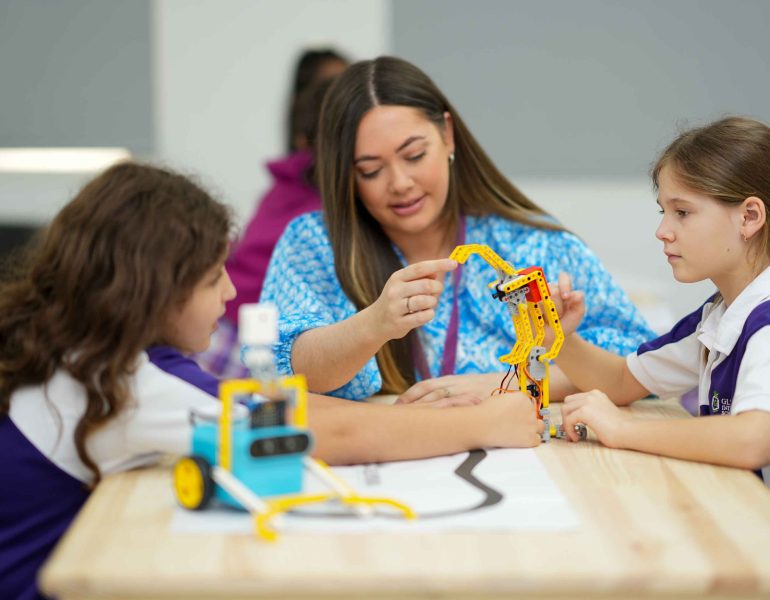
Shift in student-teacher dynamics
In traditional education settings, teachers were often seen as the sole source of knowledge and authority. However, with the advent of digital tools and resources, this dynamic is changing.
By embracing technology, educators can leverage various platforms that promote interactive learning experiences such as online discussions or virtual classrooms. These tools allow for real-time feedback and immediate clarification of concepts that might otherwise be challenging to grasp solely from textbooks or lectures.
Additionally, technology enables personalized learning pathways tailored to each student’s strengths, weaknesses, interests, and pace—fostering an inclusive environment where every learner can thrive.
Assessment and feedback improvements
With digital tools, assessments can be more interactive and engaging, moving away from traditional paper-based exams. Online quizzes and games not only make the assessment process enjoyable but also provide instant feedback to students, highlighting areas where they need to focus on.
Furthermore, technology enables teachers to provide timely and detailed feedback to students. Through online platforms or apps, educators can easily track student progress and offer specific comments on assignments or projects. This immediate feedback helps students understand their strengths and weaknesses while encouraging them to reflect on their work.
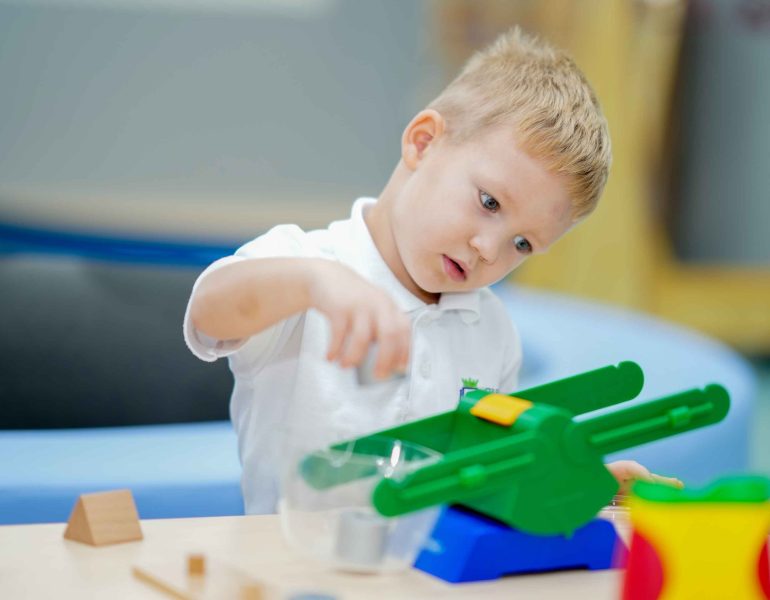
Addressing individual learning needs
Through adaptive learning systems, students can receive personalized instruction based on their strengths and weaknesses. These systems use algorithms and data analysis to determine the specific areas where a student may need additional support or challenge. This allows for a more targeted approach that promotes growth and progress at an individual pace.
Furthermore, technology also enables differentiated instruction, where teachers can provide resources and activities that align with different learning styles and abilities. Whether it’s through interactive videos, audio recordings, or virtual simulations, students have access to a variety of materials that suit their preferred modes of learning.
The Future of Education: Trends and Innovations
With the rapid advancement of technology, the future of education is set to be transformed by various trends and innovations. One such trend is the integration of the Internet of Things (IoT) in education. IoT devices can enhance learning experiences by connecting students to smart classrooms equipped with interactive whiteboards, tablets, and other connected devices. This enables real-time access to information and resources, making learning more engaging and dynamic.
Another emerging trend is gamification and game-based learning. By incorporating gaming elements into educational activities, students are motivated to actively participate in their own learning journey. Gamification not only makes learning fun but also helps develop problem-solving skills, critical thinking abilities, and teamwork among students.
Furthermore, big data analytics and learning analytics offer insights into student performance patterns which allow educators to personalize instruction based on individual needs. Adaptive learning systems provide tailored content according to each student’s strengths and weaknesses. These trends indicate that the future holds exciting possibilities for education as technology continues to shape how we learn and teach.
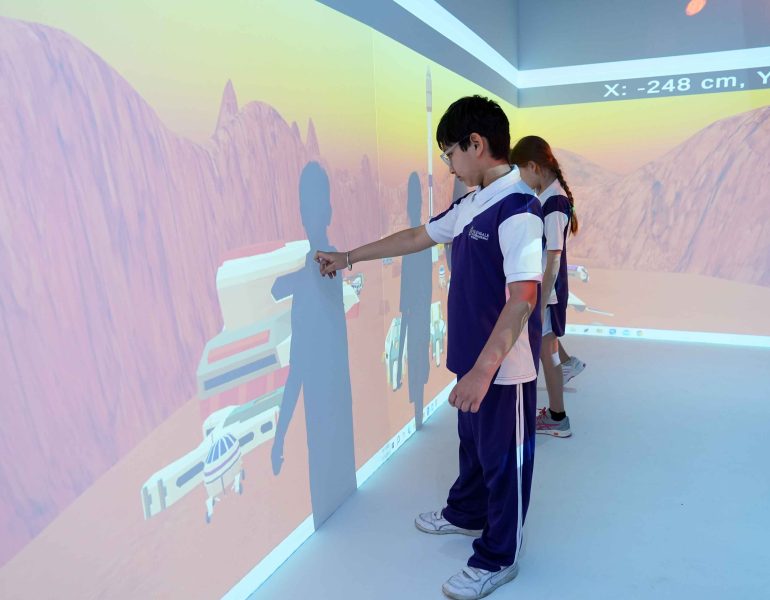
Internet of Things in education
The Internet of Things (IoT) is revolutionizing various industries, and education is no exception. By connecting devices and objects to the internet, IoT enables schools to create smart classrooms that enhance learning experiences.
In an IoT-enabled classroom, students can access digital textbooks and resources on their tablets or laptops, eliminating the need for heavy backpacks filled with books. Additionally, teachers can use IoT devices to monitor student progress in real-time and provide personalized feedback instantly.
With IoT technology in place, educators can create a more interactive and immersive learning environment where students actively participate and engage with the curriculum.
Gamification and game-based learning
Gamification and game-based learning have emerged as innovative approaches to engage students in the learning process. By integrating elements of gaming, such as challenges, rewards, and competition, educators can make educational content more enjoyable and interactive. This approach has been shown to increase motivation and engagement among students.
In a gamified classroom, students have the opportunity to learn through experiential activities that simulate real-life scenarios. They can explore different paths, make decisions, and face consequences within a safe environment. Game-based learning takes this concept a step further by using educational games specifically designed to teach certain concepts or skills. These games often incorporate storytelling elements which help capture students’ attention while delivering valuable educational content. This approach not only makes learning fun but also enhances critical thinking skills and problem-solving abilities in an immersive way.
Big data analytics and learning analytics
Big data analytics and learning analytics are revolutionizing the field of education, providing valuable insights into student performance and learning patterns. By analyzing vast amounts of data collected from various sources, such as online platforms and assessments, educators can better understand individual students’ strengths and weaknesses. This information allows for personalized interventions and targeted support to enhance their academic progress.
Through learning analytics, schools can track students’ engagement levels, participation in activities, and progress over time. This data-driven approach enables educators to identify trends and patterns that might otherwise go unnoticed. With this knowledge at their fingertips, teachers can make informed decisions about instructional strategies or curriculum modifications to optimize student outcomes. By harnessing the power of big data in education, schools can ensure that every student receives the support they need to succeed academically.
Adaptive and personalized learning systems
Adaptive and personalized learning systems use advanced technologies, such as artificial intelligence and machine learning algorithms, to analyze data on students’ progress, strengths, weaknesses, and preferences.
With adaptive learning systems, students can receive customized content and instruction that matches their specific skill level and learning pace. This not only helps struggling learners catch up but also allows advanced learners to be challenged appropriately. By adapting the curriculum in real-time based on each student’s performance, these systems foster a more engaging and effective learning environment where students can thrive at their own pace.
Moreover, personalized learning platforms enable students to explore topics that interest them while still meeting educational standards. They provide opportunities for self-directed exploration and discovery-based activities that encourage critical thinking skills. Students have access to a variety of resources like multimedia materials or interactive simulations tailored specifically to their interests or passions.
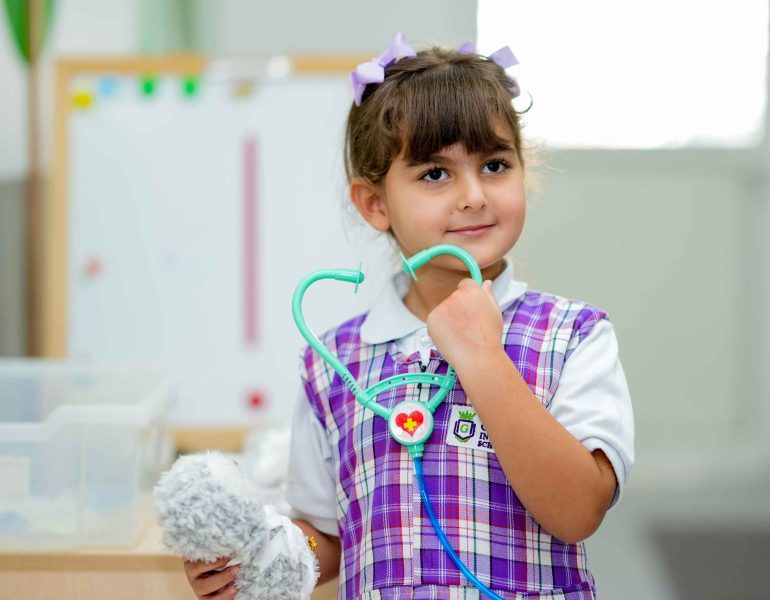
Glendale International School's technology integration
As a leading British school in Dubai, Glendale International School recognizes the importance of technology in education and has seamlessly integrated it into our classrooms. With state-of-the-art facilities and innovative approaches, Glendale is at the forefront of using technology to enhance learning experiences for their students.
Through the use of interactive whiteboards, laptops, tablets, and other digital tools, Glendale International School provides students with access to a wealth of resources and information. This enables them to explore subjects from various perspectives and develop critical thinking skills. Additionally, teachers at Glendale utilize online learning platforms and educational apps to create personalized and adaptive lessons tailored to each student’s needs.
By incorporating virtual reality and augmented reality technologies into their curriculum, Glendale further engages students by bringing concepts to life through immersive experiences. Our commitment to technology integration ensures that students receive a well-rounded education that prepares them for success in an increasingly digital world.

Conclusion
Technology has undeniably transformed the landscape of education, revolutionizing traditional classrooms into digital learning environments. From enhanced learning experiences and access to vast resources to personalized and adaptive learning, technology has opened up endless possibilities for students and teachers alike.
Glendale International School is at the forefront of this digital transformation, leveraging cutting-edge technological tools built on our world-class British education system. By embracing online learning platforms, educational apps and software, virtual reality and augmented reality technologies, as well as artificial intelligence and machine learning systems, Glendale International School is able to provide students with access to vast resources and information while promoting individualized instruction tailored to their unique needs.
As technology continues to shape teaching methodologies and student-teacher dynamics evolve from passive receivers to active participants in their own education journey. Teachers are now able to provide more effective assessments and feedback tailored to individual needs.
At Glendale International School, we recognize the importance of integrating technology into our classrooms. By embracing innovative solutions and advanced technologies, we aim to create an engaging environment where students can thrive academically while developing essential 21st-century skills needed for success in today’s digital world.
